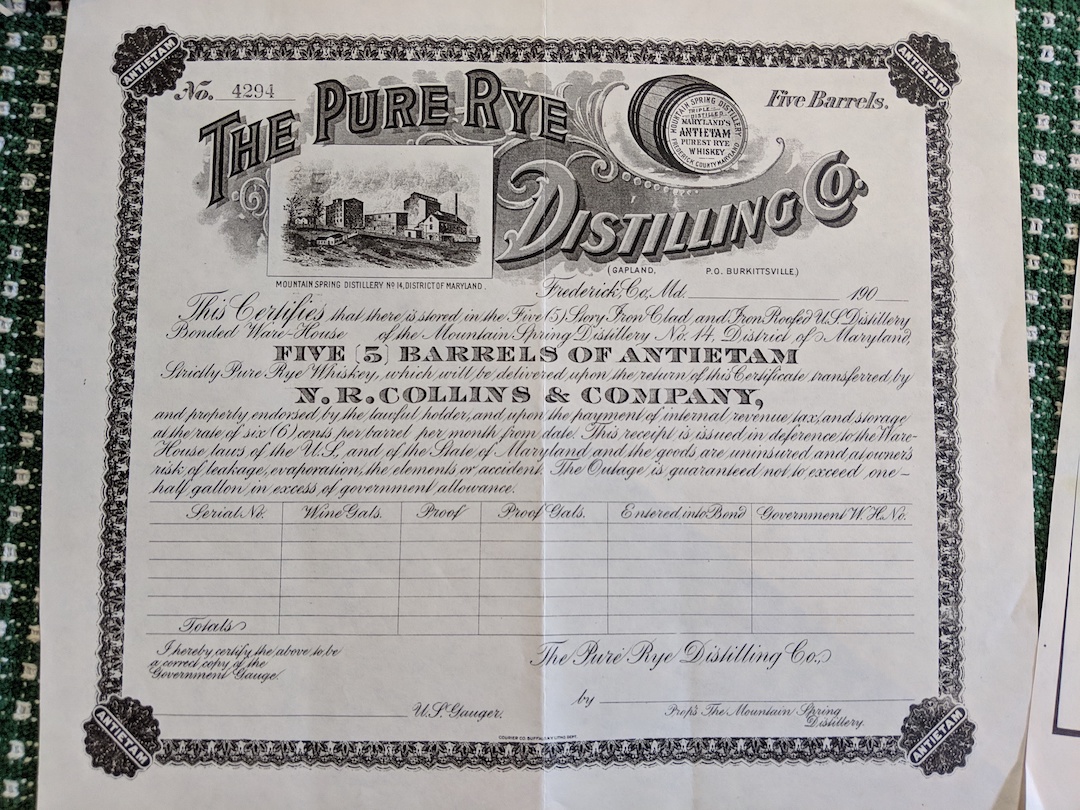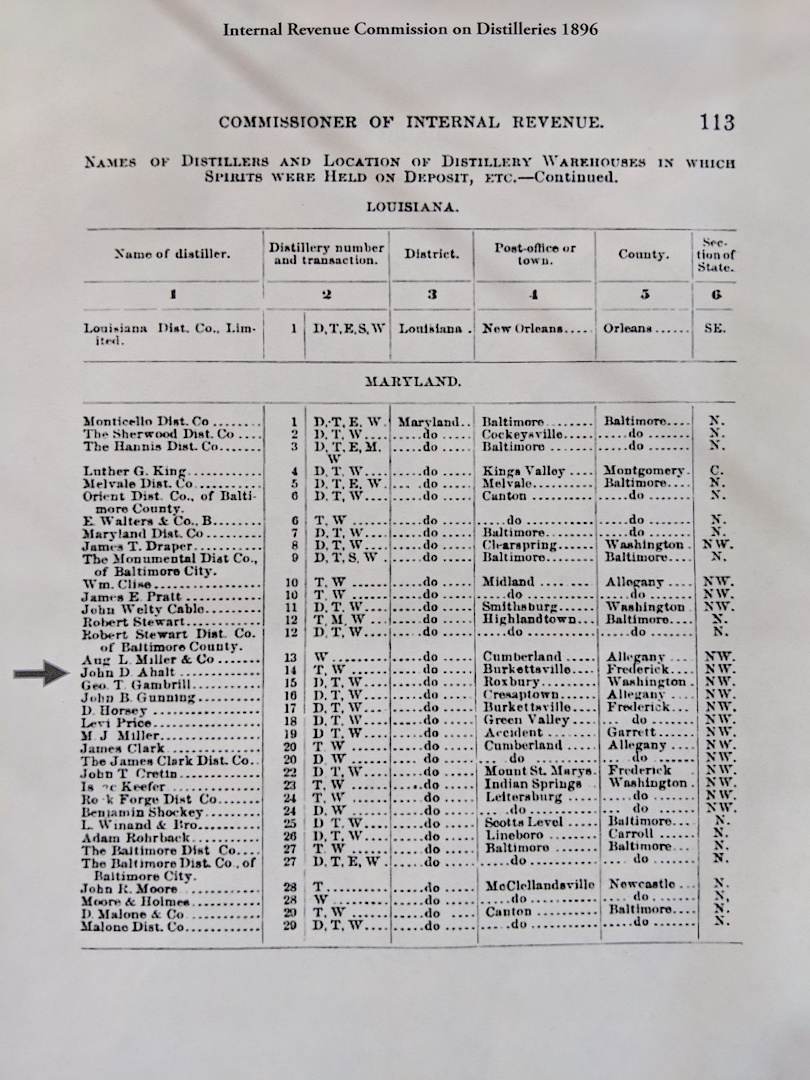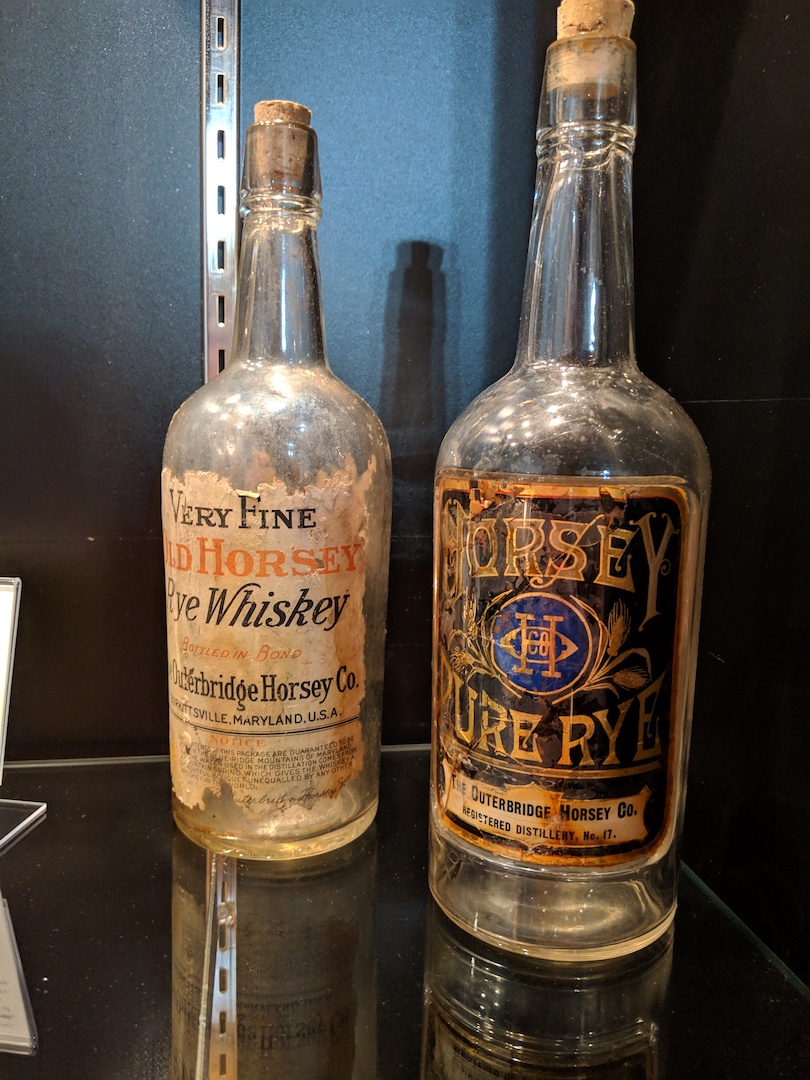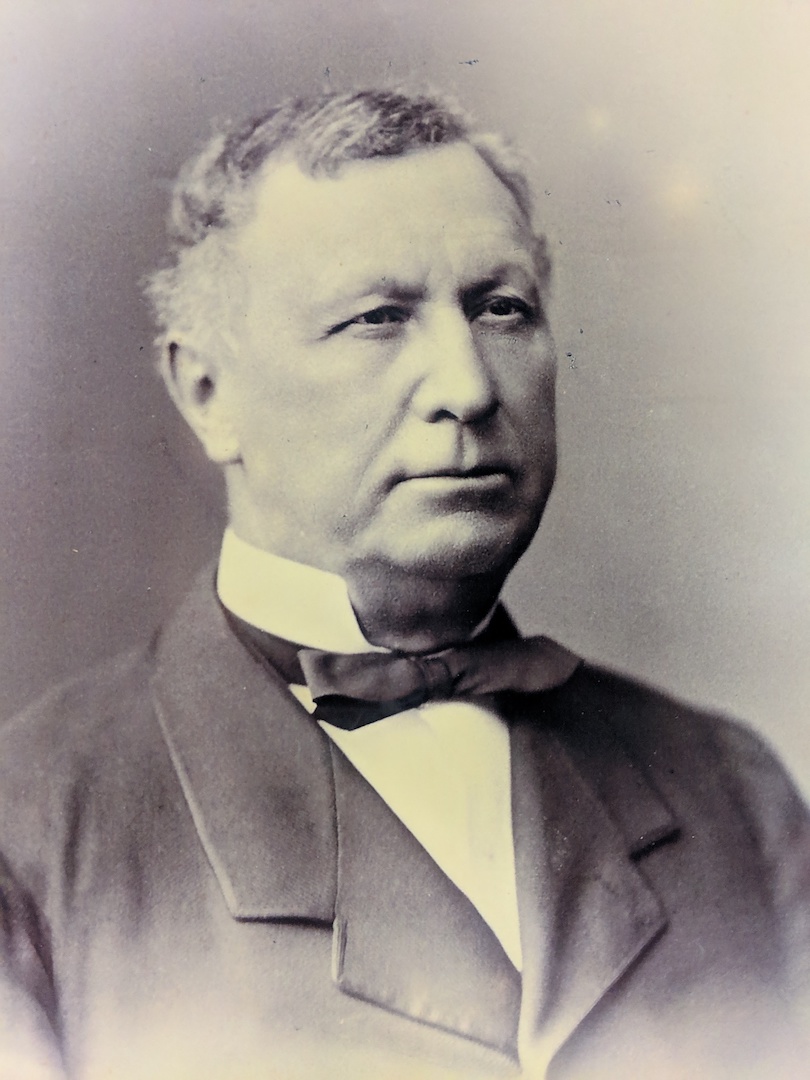Between 1810 and 1840 it’s estimated 14,000 to 20,000 distilleries, licensed and otherwise, operated in the young United States. Most of its population was northerly with rail transport yet to be developed. But once railroads were built, it was discovered that the rye whiskey known as Monongahela, which arrived to its populated coastal destinations quickly and a yellowish hue, it tasted better when darker brown. Thus began the conscious warehousing of distillates in barrels with prices commensurate for the capital invested to do so.
It’s theorized that there were three styles of Pennsylvania rye during the first half of the 19th century: Monongahela from the west was most often marketed as rum due to the browning of its liquid; east of the Alleghenies was considered rye, becoming the basis of what is now considered “Pennsylvania;” with “Philadelphia” a compound product containing small mash proportions of additional grains similar to that of what had hailed from the more southerly Baltimore. “The Baltimore rye concept grew out of a marketing initiative, comparable to what’s happening now with the Monongahela category,” argues whiskey historian John Lipman.
Pittsburgh’s growth as a manufacturing center included that of costly copper still production. As with a mill not every farmer could afford one, so neighbors would trade use of a still for the stillage itself. The treasury had taxed distillers, whether farmers or not, based upon their maximum capacity of production, leading distillers to either ramp up enough to pay the taxes or consolidate. East of the Allegheny Mountains, it was easier for the feds to monitor, but west it was harder. So with a sense of disenfranchisement from its government, many thought it better to venture west and south. Enticed by these opportunities, and encouraged by Kentucky distillers not being forced to pay the whiskey tax, many distillers packed up their stills, grabbed some rye seeds, and headed down the Monongahela River to the Ohio River seeking their fortunes.
When they got to Louisville, the falls of the Ohio forced them to leave the river, which is where expertise met opportunity. There were thousands of farms in Kentucky, mostly growing corn that could use a distiller, and so they set up as they’d done at the farms left behind in Pennsylvania, fanning across the state, planting their rye and setting up stills. But since the climate favored corn over rye, the whiskey distilled there was either in the Maryland style or, if a higher percentage of corn was used, the distillate would eventually come to be known as bourbon.
The Civil War helped spread the sweeter whiskies of the south to the rye drinkers who prevailed in it. Jumping ahead some decades, eastern distillers opening after Prohibition still favored rye over corn. Kentucky distilleries with cheaper and more plentiful arable land were poised to build large facilities to garner economy of scale on the back of an extensive and well-financed rail network. Added factors included the taste for bootlegged Canadian whiskeys, and the fewer regulations imposed upon Kentucky operations after WW2. In southwest Pennsylvania there were over 100 distilleries operating before Prohibition, with Overholt distillery at Broad Ford, the largest rye distillery after Prohibition, closing in 1951.
From the end of Prohibition until 2006, rye was in steady decline, with 150,000 cases of rye sold in the United States compared to 14.7 million cases of bourbon.
The reemergence of cocktail culture — first in San Francisco, then New York and Chicago — spurred the rebirth of rye whiskey, growing 20% in 2006 and 30% in 2007, and 600% between 2009 and 2015. Presaging this was the development of the Mount Vernon Distillery, a project initiated with the support of DISCUS, which follows a mash bill (borne out by George Washington’s ledgers) of 60% rye, 35% corn, 5% malted barley.
Monongahela rye adherent Sam Komenic once thought the style was going to die as rye in the 1990s being made in Kentucky only by Jim Beam and Wild Turkey. “There’re now several good operators in Pennsylvania, but Dad’s Hat is as close to Monongahela as they come, and I hope that our West Overton 50-gallon still makes the first genuine one since the closure in 1955 of the Large Distillery.”
For more on the history of rye whiskey in the US, check out Part 1 of this series here, and also look for a more in-depth feature here and in the upcoming 2020 Summer print edition of Distiller magazine.













